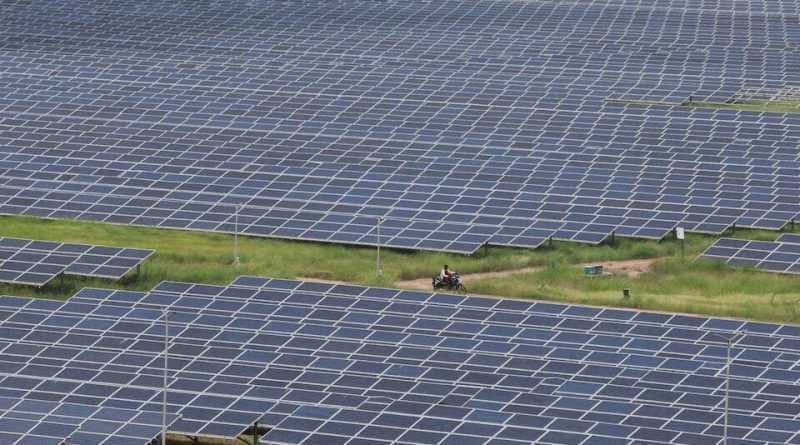Indian Solar Firms Strengthen Supply Chains to Maintain U.S. Market Access
New Delhi – Indian solar manufacturers are showcasing remarkable resilience and adaptability as they recalibrate their supply chains to maintain robust access to the United States market, despite higher tariffs.
Executives from leading firms highlighted the proactive steps taken to optimize sourcing and ensure uninterrupted exports, signaling the industry’s commitment to global growth and sustainability.
U.S. President Donald Trump’s tariffs, which went into effect on August 27, imposed duties of up to 50% on many Indian solar exports, one of the highest levels among U.S. trading partners.
Rather than slowing progress, these measures have prompted Indian solar companies to innovate and strengthen their global supply networks.
Vikram Solar Ltd, a prominent Indian manufacturer with 15% of its current order book tied to the U.S., confirmed in a post-earnings analyst call that it is successfully navigating the tariff structure by sourcing high-quality solar cells from countries with lower duties.
By strategically aligning its procurement, the company continues to serve U.S. clients efficiently while minimizing costs.
“Innovation in supply chain management is key to overcoming tariff challenges,” said Rinal Shah, a senior executive at Vikram Solar. “We are exploring alternative sources from countries with strong cell capacities and favorable duty structures. This approach ensures that we can meet our U.S. commitments seamlessly.”
Vikram Solar’s proactive measures highlight the Indian solar sector’s flexibility and long-term growth strategy, ensuring that its operations remain competitive and reliable in the global market.
The company expressed confidence in fulfilling all U.S. orders on schedule, reflecting the industry’s resilience and international credibility.
Waaree Energies Ltd, India’s top solar module manufacturer and a leading U.S. exporter, emphasized that its U.S.-bound supply chain is fully optimized to minimize tariff exposure.
CEO Amit Paithankar noted that the company has configured its operations in a way that ensures compliance with international regulations while keeping costs and complications to a minimum.
“Our supply chain for U.S. exports is completely China-free and fully compliant with prevailing laws,” Paithankar said. “We have designed our processes so that U.S. orders continue smoothly and efficiently, with the lowest possible tariff implications.”
Despite a U.S. trade investigation into claims regarding the origin of solar cells, Waaree remains confident that its exports are unaffected. The company’s focus on transparency, adherence to regulations, and strategic sourcing ensures its position as a reliable partner for U.S. solar buyers.
Industry analysts note that the Indian solar sector’s proactive measures demonstrate the country’s global leadership in renewable energy. By navigating tariffs with creativity and strategic foresight, companies are not only protecting existing markets but also opening pathways to expand exports further.
India continues to be the world’s second-largest consumer of solar energy and one of the fastest-growing renewable energy markets globally
. With firms like Vikram Solar and Waaree Energies leading the way, India is strengthening its reputation as a reliable supplier of high-quality solar modules, capable of meeting the increasing international demand for clean energy solutions.
The resilience of Indian solar firms reflects a broader trend of innovation in renewable energy, where flexibility, global partnerships, and proactive management of international regulations are enabling sustainable growth.
By leveraging alternative supply chains and robust operational strategies, India’s solar industry is poised to thrive in the U.S. market and beyond, supporting the global transition to green energy.
As the sector adapts to new market realities, Indian solar companies remain committed to delivering excellence, reliability, and sustainability, demonstrating that challenges can be transformed into opportunities for growth and innovation.


